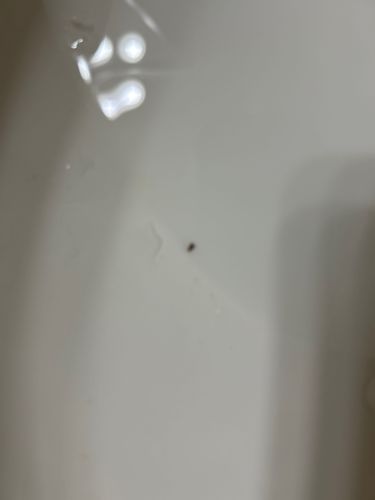Fungus Gnat
Scientific Name: Bradysia spp. (for Sciaridae) or various genera within Mycetophilidae
Order & Family: Order: Diptera, Family: Sciaridae or Mycetophilidae
Size: Adults typically range from 2 to 8 mm (0.08 to 0.31 inches) in length.

Natural Habitat
Fungus gnats thrive in moist environments. Common habitats include damp soil of potted plants, greenhouses, hydroponic systems, overwatered lawns, and areas with decaying organic material like compost piles. Indoors, they are frequently found around sinks, drains, and any location with excess moisture.
Diet & Feeding
Adult fungus gnats generally do not feed, or feed on liquids. Larvae feed primarily on fungi, decaying organic matter, and sometimes the roots of plants, especially tender seedlings.
Behavior Patterns
Fungus gnats are typically attracted to damp environments, particularly those with decaying organic matter, fungi, and moist soil. Adults are weak fliers and are often seen near potted plants, drains, or other moisture sources. Larvae live in the soil and feed on fungi and decaying plant material. They have a short lifespan, typically about a week for adults, but continuous breeding can lead to persistent infestations.
Risks & Benefits
Potential risks include being a nuisance, especially indoors due to their presence in large numbers. While adults don't bite, larvae can damage plant roots, particularly those of seedlings and sensitive plants, leading to stunted growth or wilting. They can also spread plant pathogens. They offer minimal benefits, though they play a minor role in decomposition in natural ecosystems.
Identified on: 8/24/2025